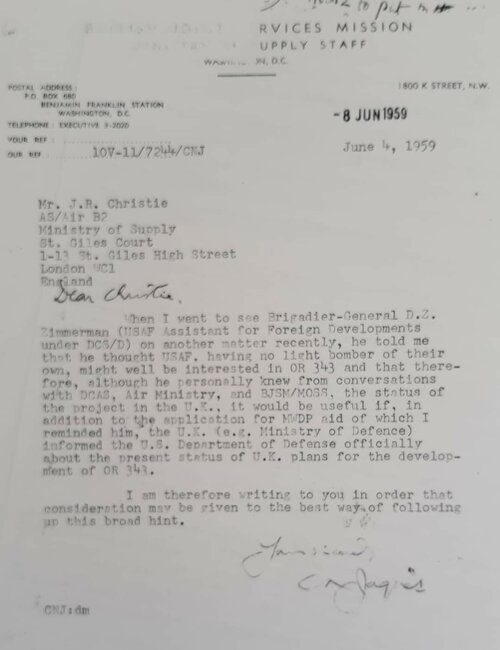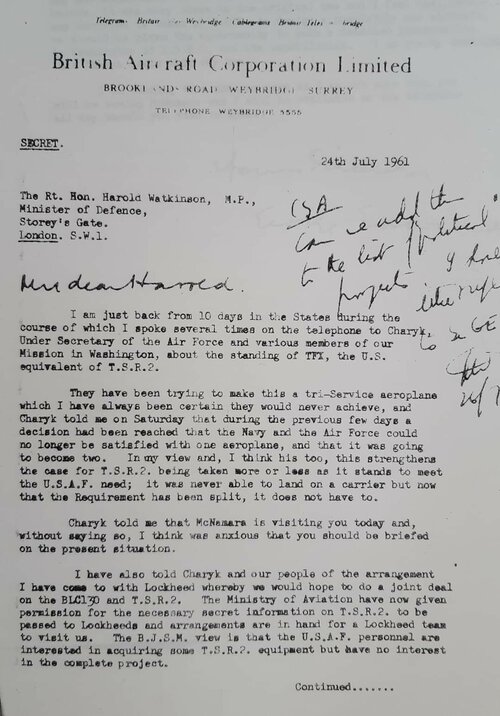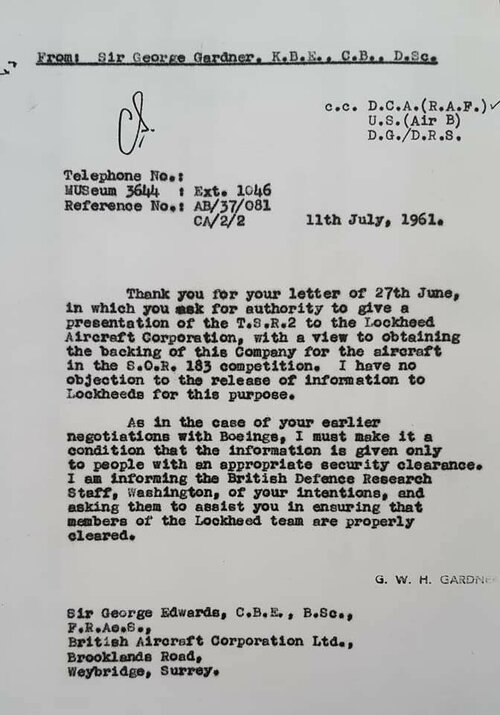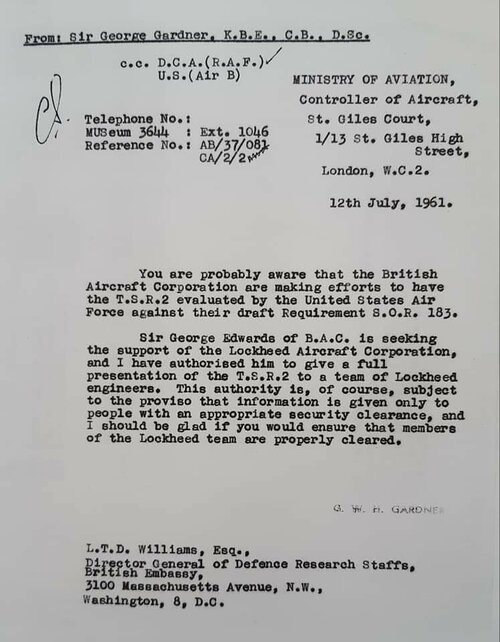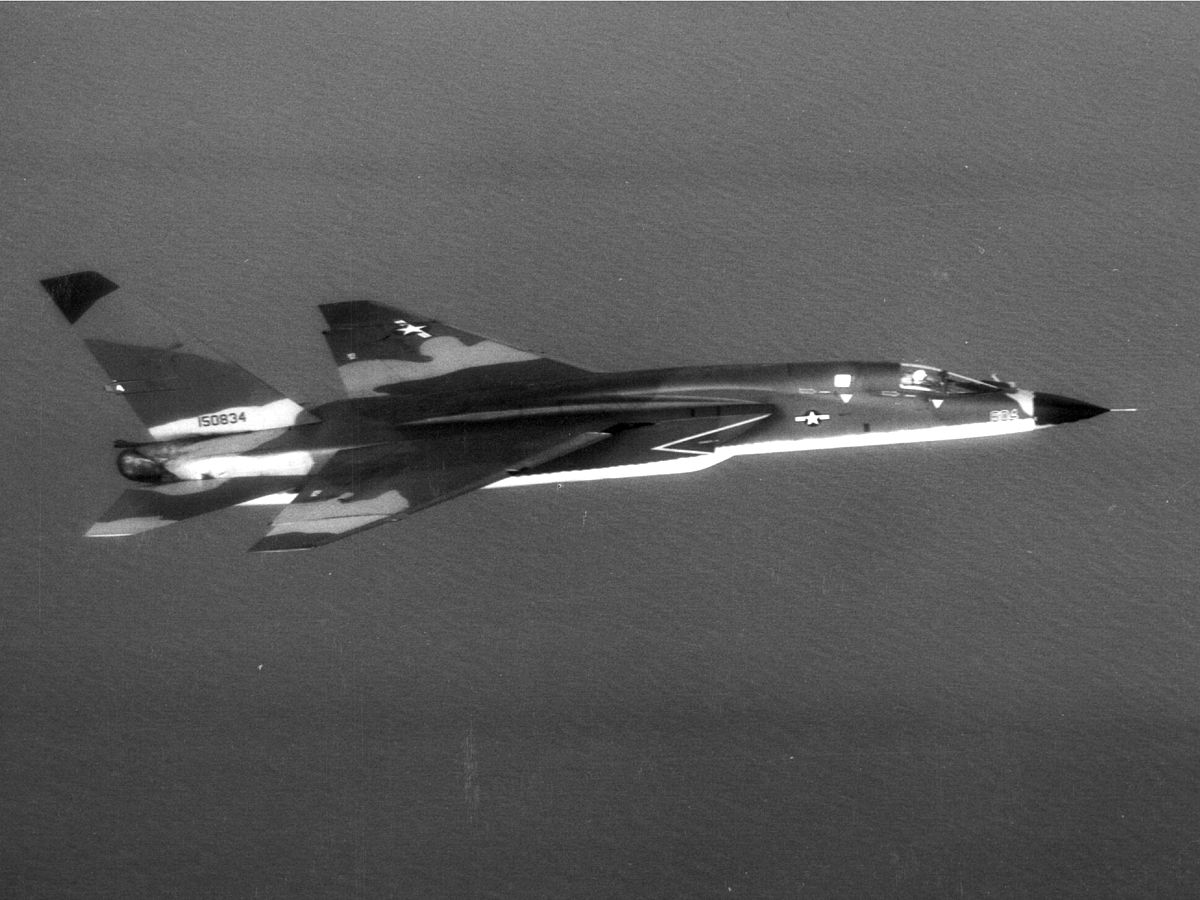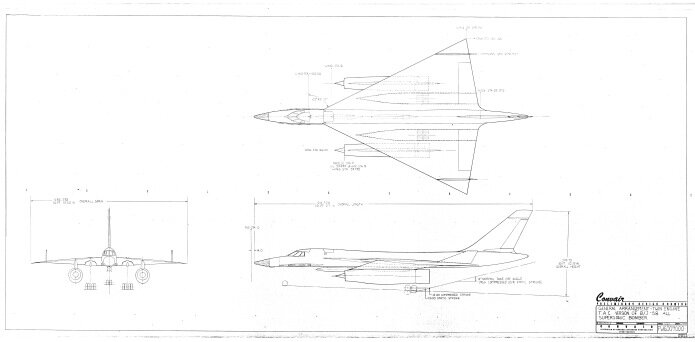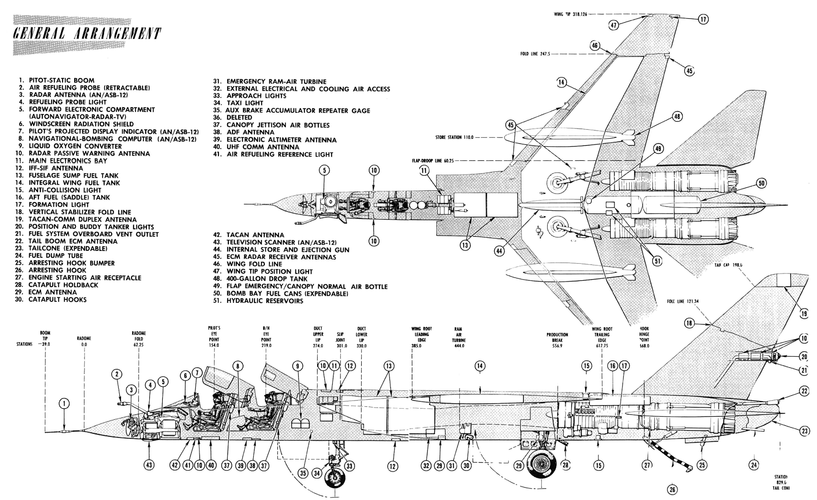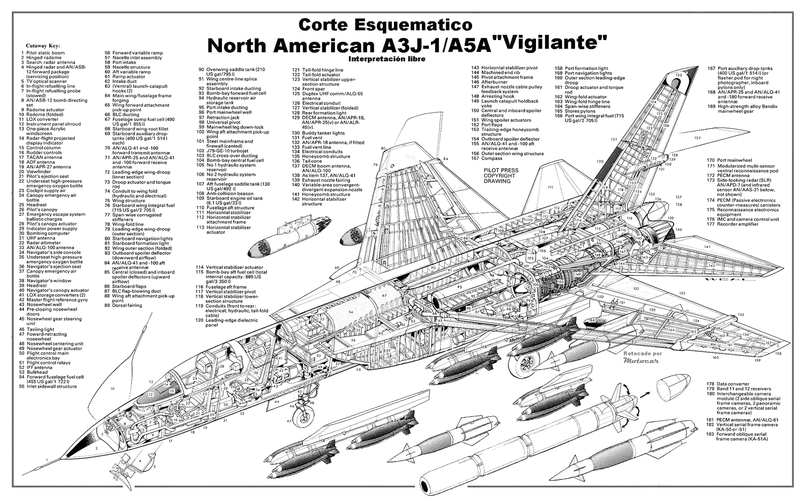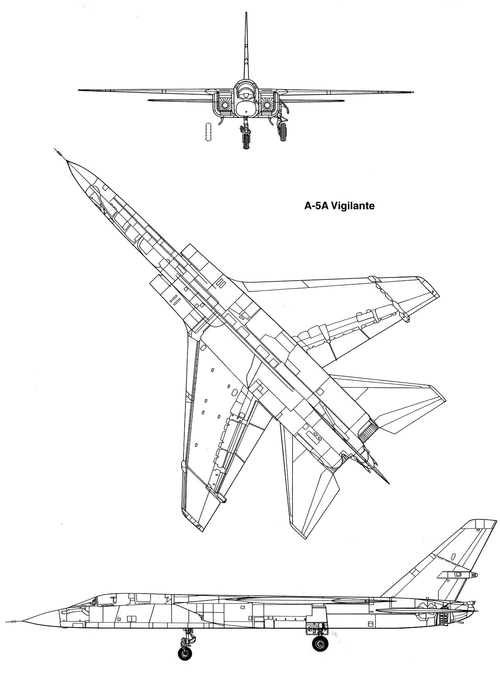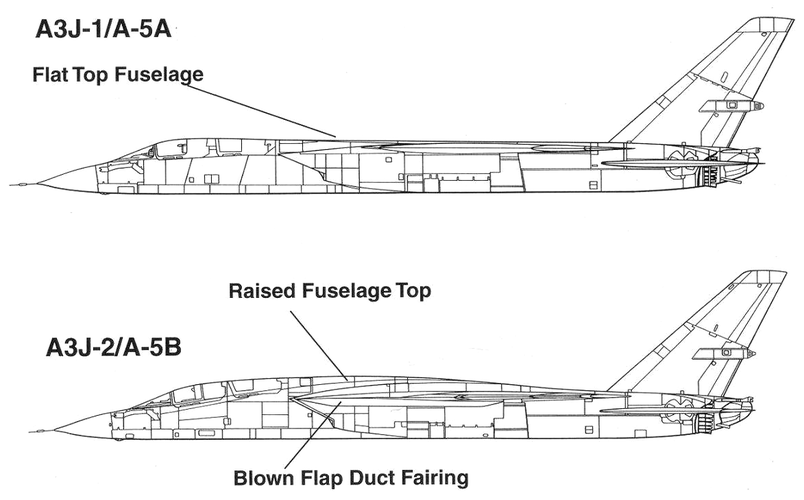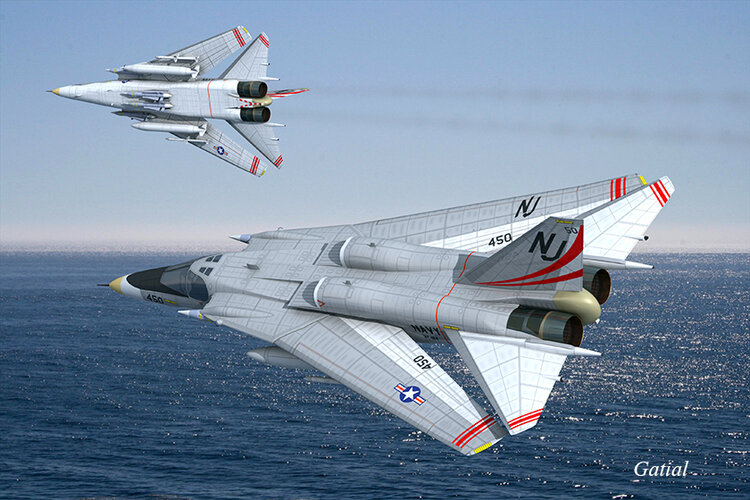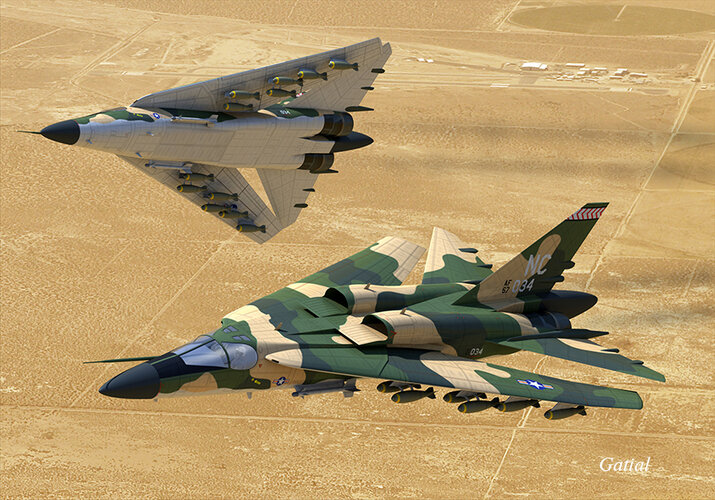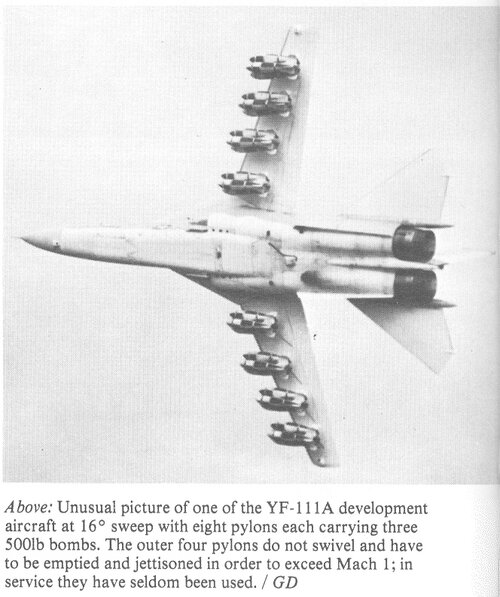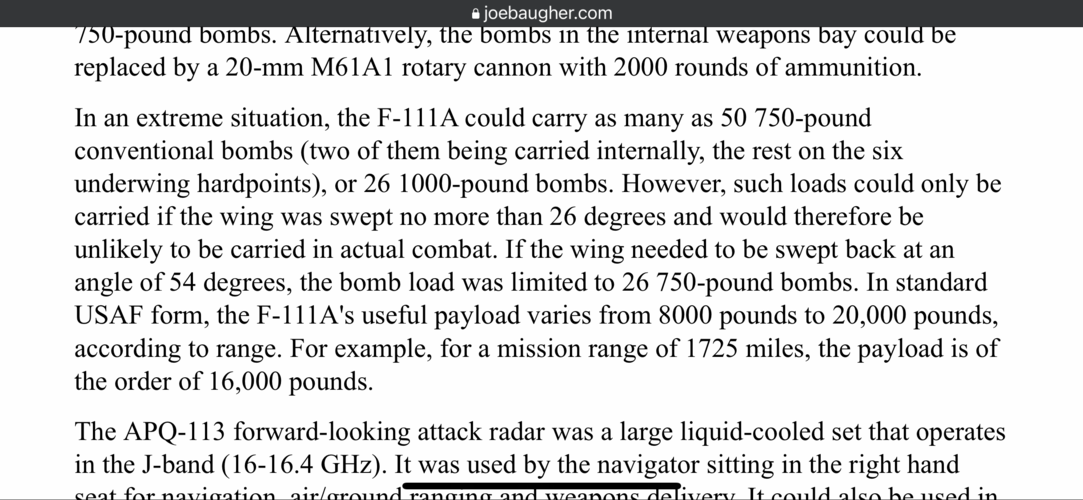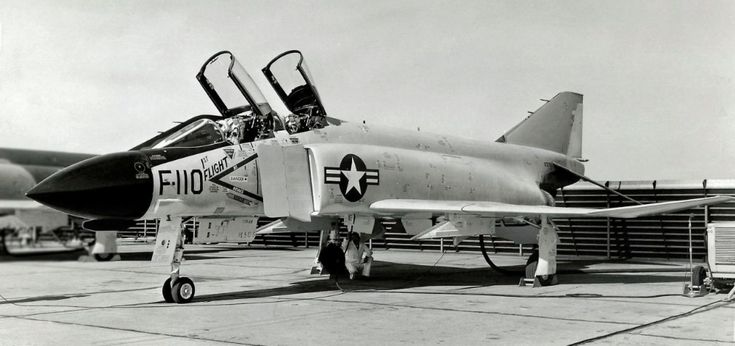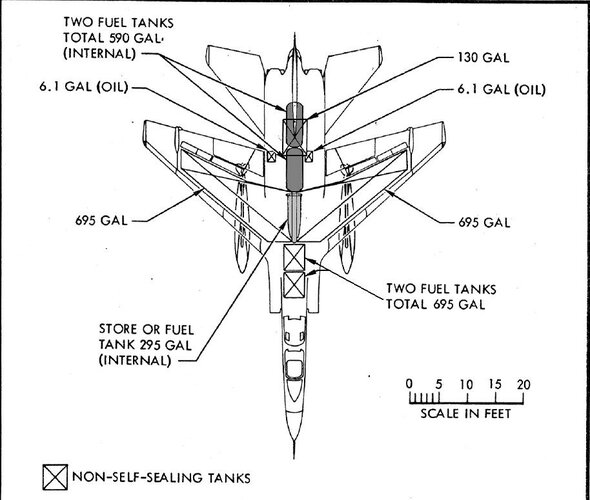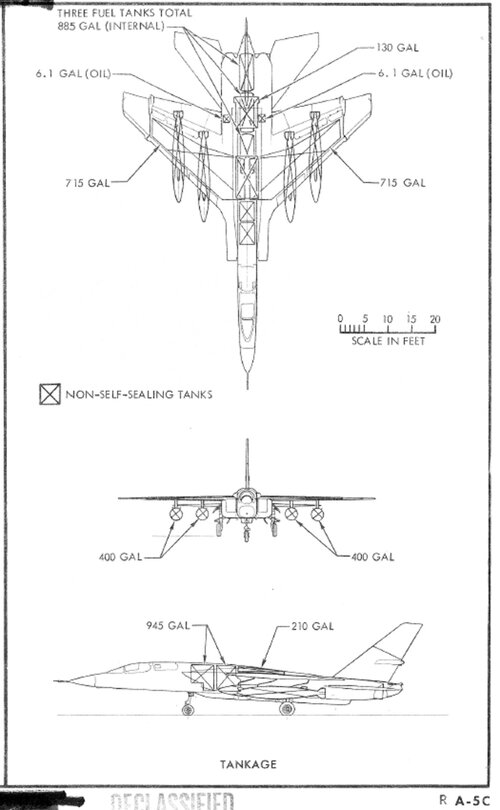- Joined
- 13 August 2007
- Messages
- 7,151
- Reaction score
- 6,527
Let assume that F-111 get never into existence.
That McNamara never become SoD or is kill in Nuclear War in 61/62.
With phase out of older bomber from 1950s and 1960s, the USAF need medium bomber.
between the B-57 and B-52 (or successor)
Under McNamara this let to TFX and to F-111.
Now under other management, what USAF take for global operating medium Bomber ?
global i mean mid air refuel or operating from US base oversea.
with load of 31,500 lb or 14300 kg on Bombs.
That McNamara never become SoD or is kill in Nuclear War in 61/62.
With phase out of older bomber from 1950s and 1960s, the USAF need medium bomber.
between the B-57 and B-52 (or successor)
Under McNamara this let to TFX and to F-111.
Now under other management, what USAF take for global operating medium Bomber ?
global i mean mid air refuel or operating from US base oversea.
with load of 31,500 lb or 14300 kg on Bombs.

